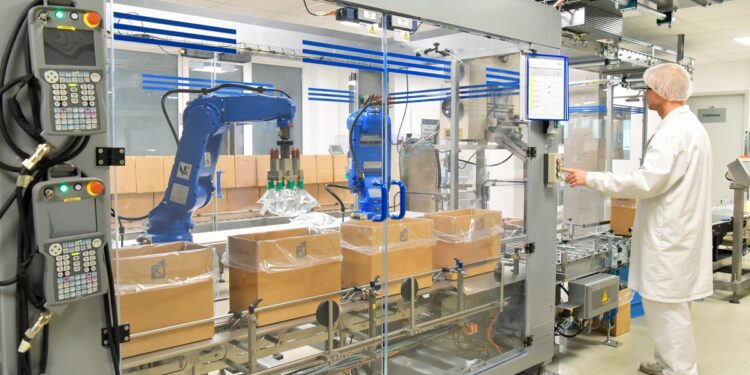Efficiency in healthcare packaging isn’t just about faster workflows; it’s about ensuring high standards of safety, quality, and compliance. Whether you’re dealing with medications, surgical tools, or medical devices, optimizing your packaging process can lead to improved patient outcomes and significant cost savings. Here are five impactful ways to streamline the packaging process in your healthcare facility.
Standardize Packaging Materials and Sizes
A chaotic packaging system can lead to inefficiencies and wasted space. By standardizing packaging materials and sizes, you simplify workflows, reduce storage demands, and speed up packing. For example, using one type of sturdy box for various product categories can eliminate the confusion of figuring out the right size or shape each time.
Suppliers often offer discounts for bulk orders, so sticking with consistent materials has financial perks too. Plus, standardized sizes make it easier to load and stack packages for shipping, minimizing the risk of damage.
Implement Automated Packaging Systems
Manual packaging processes can slow down operations, especially when there’s high demand. Incorporating automated packaging systems, like conveyor belts or box tapers, can save time while maintaining precision. Automated systems seal packages neatly and securely, reducing the likelihood of human error.
Many healthcare facilities are already using these machines to increase productivity while keeping their processes compliant with industry standards. Investing in automation may seem like a big step at first, but it pays off quickly in improved speed and consistency.
Use Color-Coded Labels for Quick Identification
Identifying medical packages quickly and accurately is crucial for reducing delays and preventing errors. Adding color-coded labels to packaging is a simple yet powerful way to enhance organization. For example, red labels might signify urgent surgical tools, while green labels might signify non-urgent supplies.
This system helps staff quickly locate the right package, especially in high-pressure situations. By making identification more intuitive, you reduce time wasted sifting through unorganized packages, allowing critical supplies to get where they’re needed faster.
Train Staff on Efficient Packaging Techniques
Even with advanced systems in place, the human element remains vital. Staff who use efficient packaging techniques create a smoother operation while minimizing errors. Regular workshops can focus on key topics like how to seal medical-grade packages properly, adjusting machine settings, or handling fragile items with care.
When staff understand how their work contributes to regulatory compliance and patient safety, they work with greater precision and purpose. Well-trained employees often spot inefficiencies others may overlook, further boosting the process.
Regularly Audit the Packaging Process
Improving healthcare packaging isn’t a “set it and forget it” task. Regular audits ensure you proactively identify issues before they become major problems. Use these audits to assess whether current systems meet your efficiency goals and compliance standards. Simple changes can make a big difference.
For instance, you might discover that using a box taper can improve the packaging process and could save hours of labor each month. Audits provide the insights needed to keep the process evolving in response to industry changes.
Streamlined Packaging Benefits Everyone
Optimizing your packaging process in healthcare isn’t just good for business; it directly impacts the lives of patients and the quality of care delivered. When you adopt these improvements, you’re setting a foundation for faster, more accurate, and more reliable packaging that supports every stage of the healthcare workflow. Start refining your process today and see how small changes can lead to big rewards for your team and your patients.















